Why discuss the Burnaby Mountain protest?
Setting a precedence for Vancouver-based protest art and culture
Words by Brit Bachmann + visuals by Corie Waugh, Sheng Ho & Jakub Markiewicz
While the opposition to corporate interests on Burnaby Mountain has been an ongoing struggle over the last decade and more, the demonstrations reached a pivotal presence last September when Kinder Morgan acted upon plans to conduct test drilling for an expansion of their existing pipeline by cutting down 13 trees in a conservation area.* The action took Burnaby residents by surprise. The city applied for an injunction in B.C. Supreme Court September 9th to halt the survey, but it was rejected. The seeming audacity and injustice of a US-owned company cutting trees and drilling inside a Canadian park – and unceded land of the Tseil-Watuth nation – was largely under-reported by Canadian media outlets, and fuelled more active demonstration on Burnaby Mountain.
Although the tension was constant, the demonstrations remained peaceful and respectful. Protesters created a safe environment that encouraged elder and youth participation. Any aggression was quickly calmed by the collective group and redirected to more positive expression. This environment of peaceful demonstration was also largely under-documented by Canadian media outlets, with stations such as the now-deceased Sun News Network manipulating circumstances to paint a negative portrait of protesters. Within protesting circles, there was also a general disappointment in CBC’s lack of quality coverage, which appeared to dramatize and advocate a rift between protesters and police officers rather than addressing the larger themes of the demonstration.
Some Vandocument contributors began frequenting demonstrations on Burnaby Mountain to gain a clearer understanding of the situation, participate in the protesting, or just merely to witness the constitutional right to protest Kinder Morgan drilling. The understanding that resulted from experiencing the demonstrations first-hand was something of awe. The Burnaby Mountain protests strengthened and expanded a diverse community of likeminded individuals afraid of the repercussions of allowing foreign interests to exploit natural resources. Although the immediate goal of the protests were to halt the Kinder Morgan survey – and this was unsuccessfully – the community that developed on Burnaby Mountain promoted a larger fight for more social responsibility in matters pertaining to the environment, the sustainable development of natural resources, and First Nations land claims.
From this state of passionate resolve, Vandocument witnessed the creation of beautiful artworks that ranged from painting and poetry, to dance and music. Some such works were displayed and performed at No Way Cabaret at UNIT/PITT December 12, an event organized by Gabriel Saloman and Marianne Bourcheix-Laporte to fundraise for the legal fees of the protestors named in KM’s controversial $5.6 million SLAPP suit. Other works were spontaneous and site-specific, created and/or performed on Burnaby Mountain for intimate audiences of fellow protesters and police officers.
Acknowledging that the Burnaby Mountain protest was and continues to be a significant cultural event, the challenge becomes interpreting protest-themed works for an article that is written critically, yet thoughtfully. This process of understanding took months of reflection on the manifestation of art and its purpose in society.
More videos from this protest gathering can be seen here, and here.
An artist actively responding to topics of social justice, pipelines and First Nations land rights is Jakub Markiewicz. Reflecting on art during protests, Markiewicz states “the purpose of the artist can be two things; either to procure a facade over a pain (reality), or to show reality for what it truly is.” Markiewicz blurs the divide between artist and activist, documenting demonstrations in opposition to the expansion of Kinder Morgan through photography and also actively participating. “I had a tough time deciding whether or not to put down the camera, in order to put things right; to save the planet,” explains Markiewicz, “At the end of the day, it’s not only worth it but easy to balance the two lives as long as you listen to your gut, heart, and mind.”
Emilio Rojas was one of the artists that performed at No Way Cabaret in December. With ritualistic focus, Rojas slowly, methodically cut his hair and laid it on the ground. Although at first he seemed to be tracing the outline of a snake, the hair forked in a way that suddenly mimicked the path of the Trans Mountain Pipeline cutting through the province’s landscape. His piece was accompanied by the soft and steady vocals of Vanessa Richards. The pair quieted the audience to whispers and shallow breathing. Rojas’ movements were hypnotic. Glancing around the room, it was obvious that everyone shared the intensity of the performance, either outwardly with tears or internally with expressions of concern on their faces. Even after the performance ended, a silence and stillness hung in the air. The fast-paced cabaret had to continue, but organizers were hesitant to move Rojas’ hair. It held a presence in the room, long after Rojas himself disappeared into the audience. Artists performed around the piece for the next half hour, until it was swept up unceremoniously to clear a dance floor.
Discussing work that responds to Kinder Morgan on Burnaby Mountain in relation to fine art is not a topic Vandocument is accustomed to. There is no fixed gallery context to describe and no art theory to lean back on. Burnaby Mountain protest art exists outside capitalist expectations and institutions. Because it is a pure expression of a culturally significant event, it cannot be compared to art that fits nicely within the context of art history. Writing about protest art is a different language. That being said, promoting such content is part of the Vandocument mandate. Still, how do we write about Vancouver-based protest art culture when there is no precedence?
Vandocument aspires for more active discussion on the role of art in developing cultural dialogue, attempting to create a precedence through coverage of art happenings in Vancouver and their relevance within grander social schemes. As we develop this framework, we rely on photography, videography and field recordings to document artworks pertaining to the Burnaby Mountain demonstrations; and any works pertaining to the cultures of social responsibilities and injustice, in general.
It is important to remember that an artist is not exclusively someone who has gone through art school or hosted a well-attended gallery opening, but rather anyone who responds to the issues in their immediate environments in artistically expressive ways. Art becomes both an instrument of interpretation and healing. Vandocument’s mandate remains to promote and encourage emerging artists in the Lower Mainland, encompassing a broader definition of artist and mover/shaker to include all those who literally move us and shake us.
x
All photos and videos taken between November 2014 and January 2015.
For comprehensive coverage and follow-up of the demonstrations on Burnaby Mountain, refer to Vancouver Observer articles here. To learn more about the factual history of Kinder Morgan and its investment in Burnaby Mountain, read The Tyee’s Trans Mountain Pipeline: Big Bucks for US Investors, Peanuts for Us by Robyn Allan. We also suggest reading On Burnaby Mountain, Confronting the Gorilla by John Vaillant for a personalized account of a protester’s experience on Burnaby Mountain.
*There is ongoing dispute over whether the trees initially cut down by Kinder Morgan on Burnaby Mountain were 13 or 15. Jakub Markiewicz’s piece responds to that controversy.
Brit is Editor-In-Chief at Discorder Magazine, Community Engagement Coordinator at VIVO Media Arts Centre, and frequent contributor to Vandocument. When she isn't writing or sneaking into studios, Brit draws.

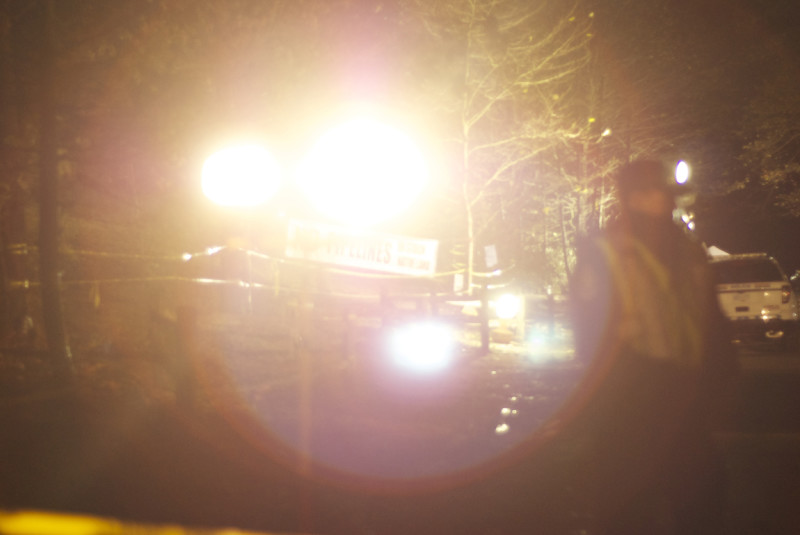
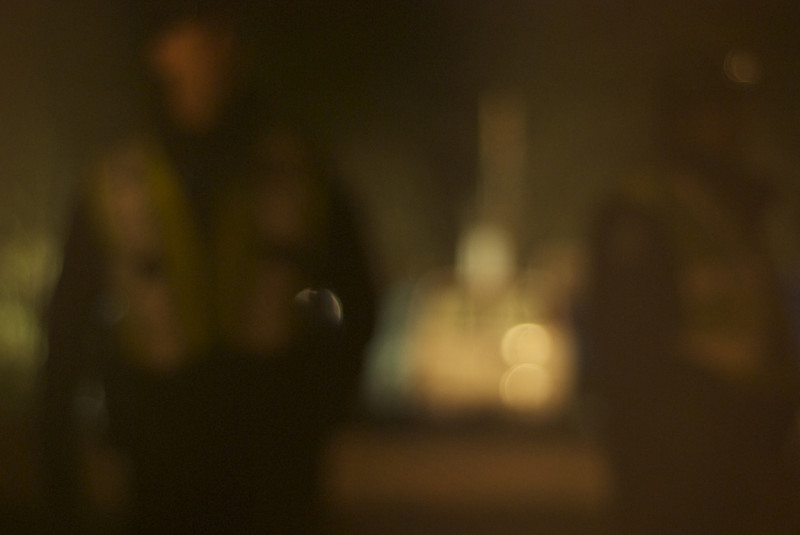
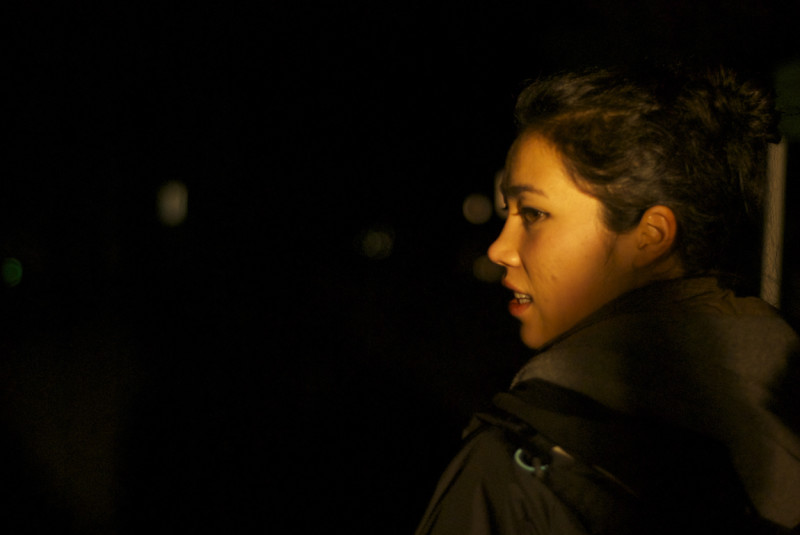
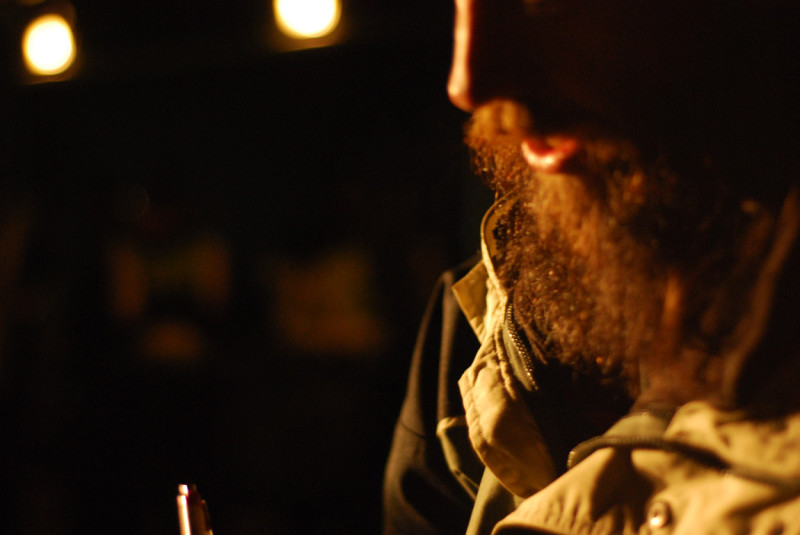
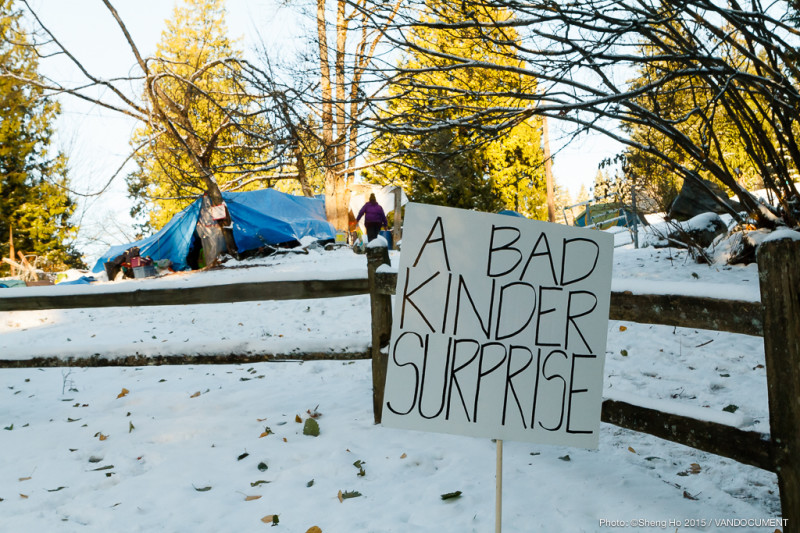
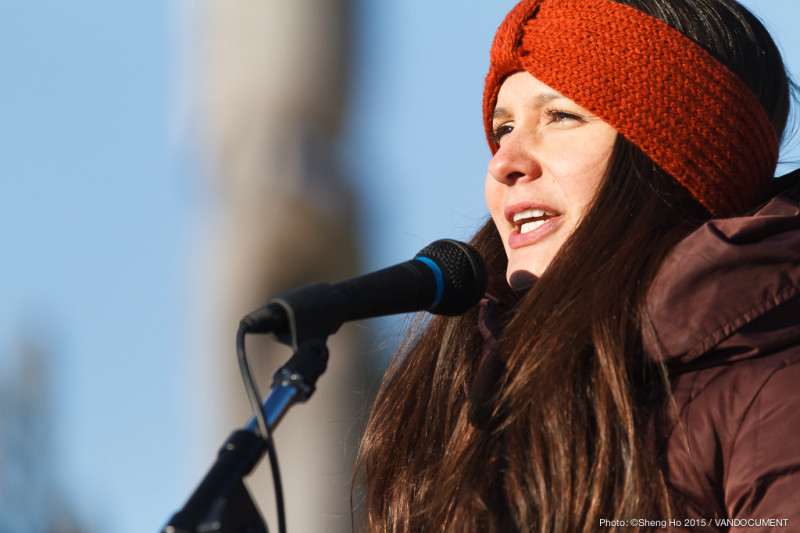
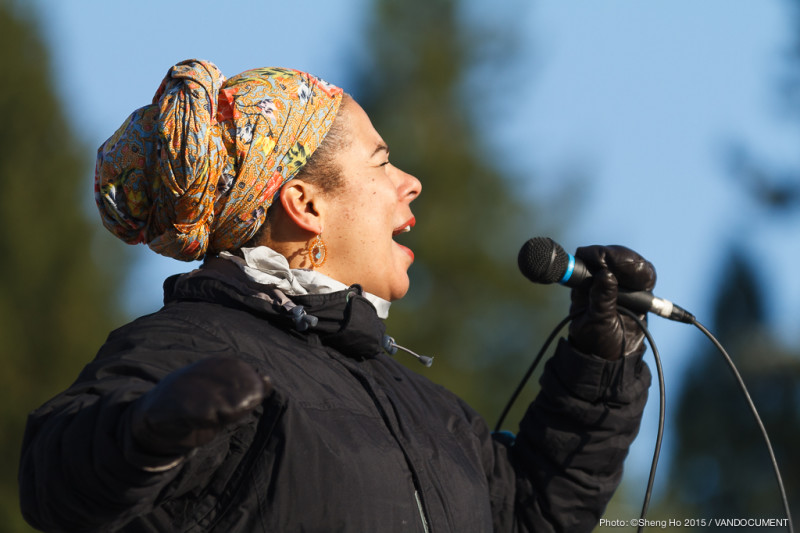
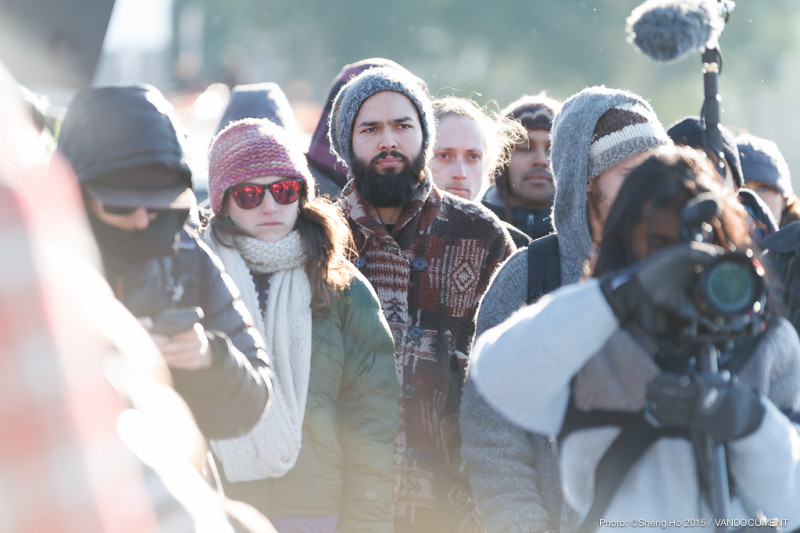
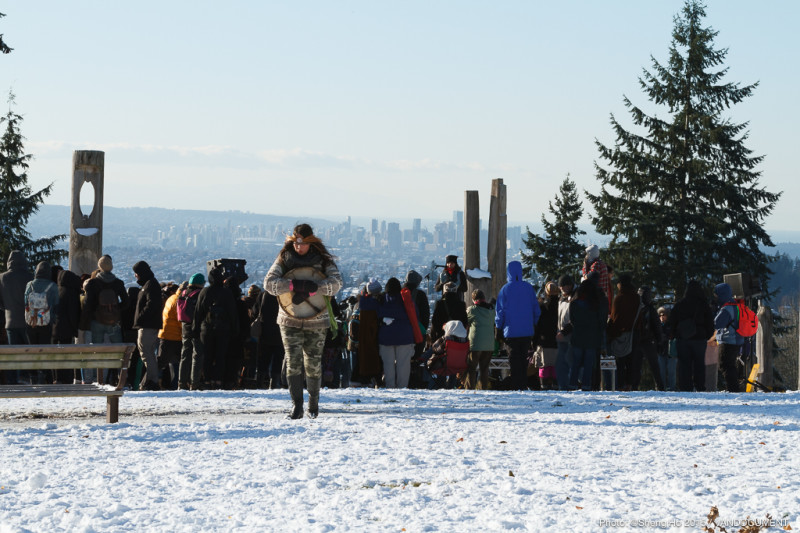
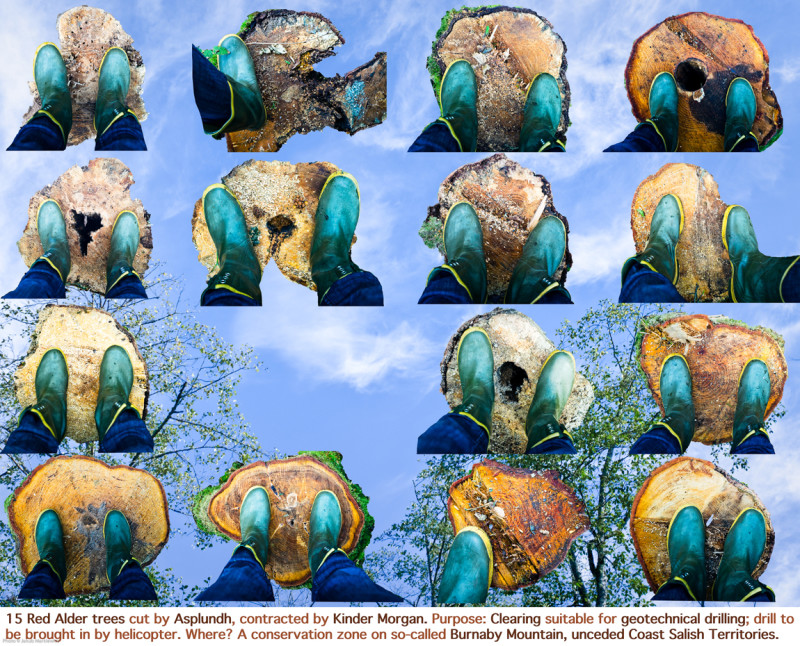
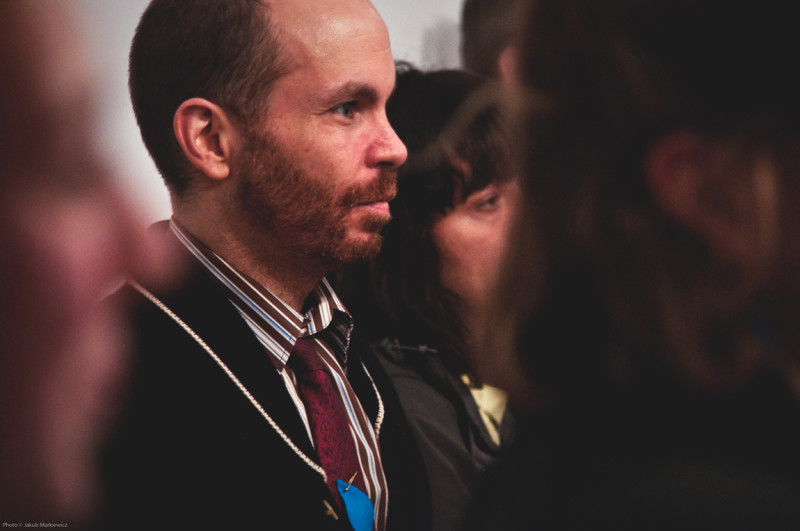
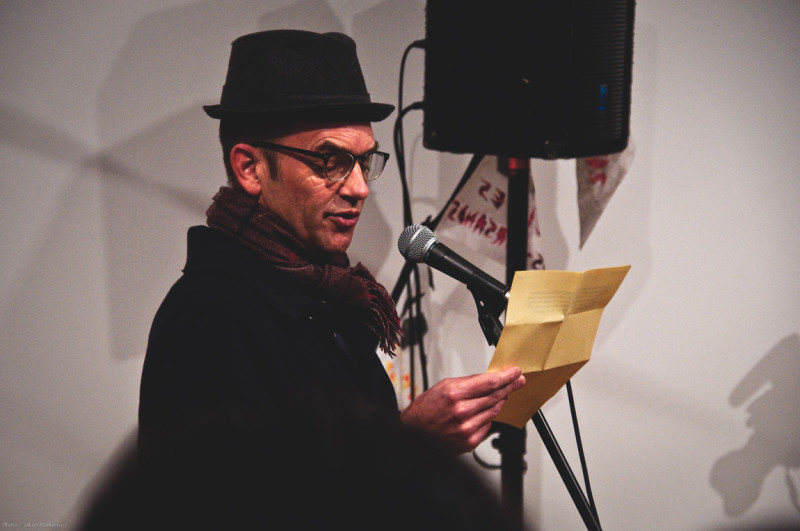
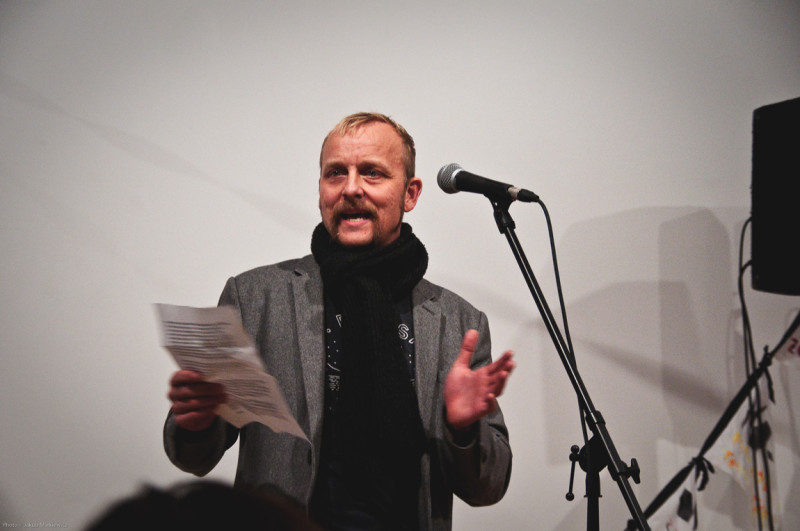
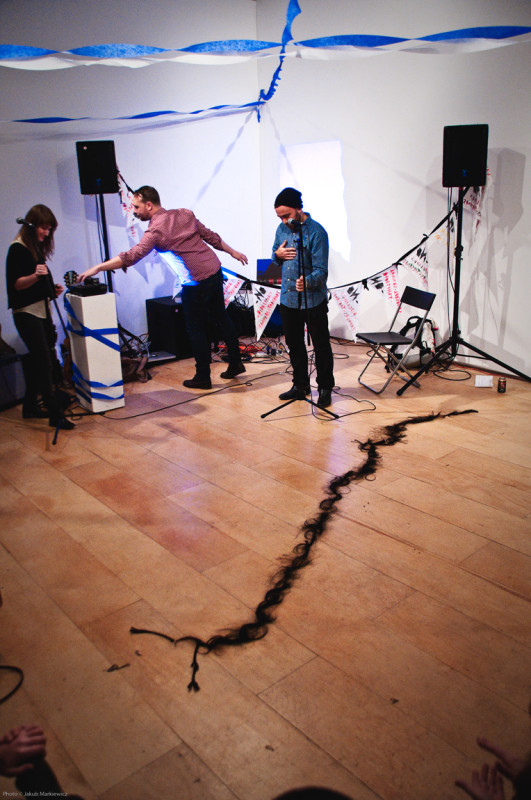
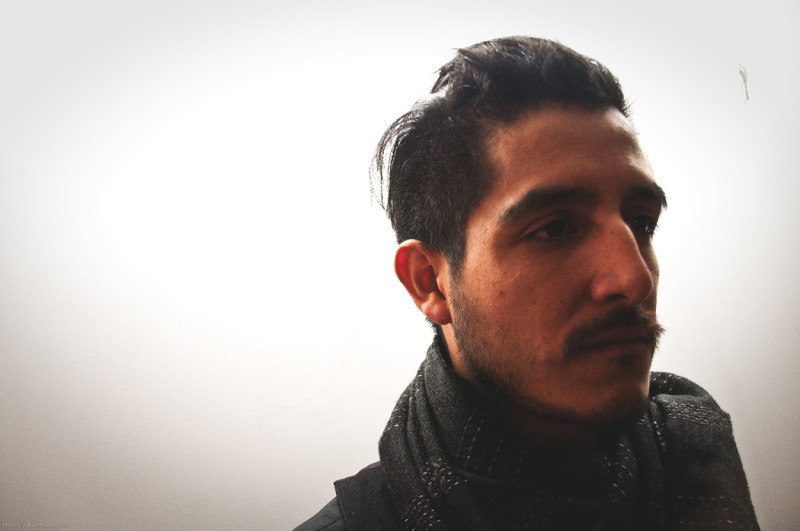
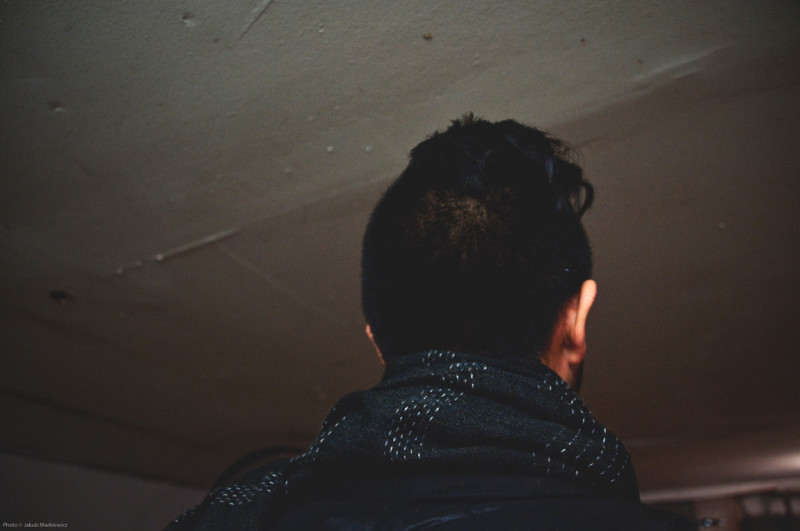
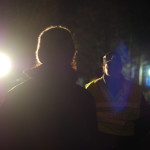
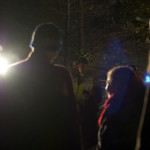
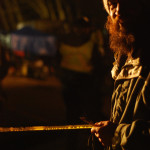
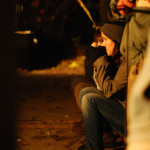
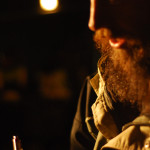
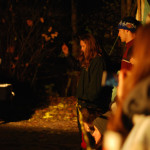
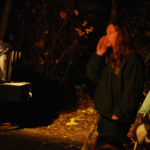
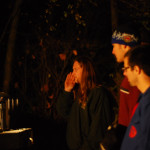
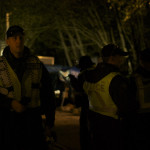
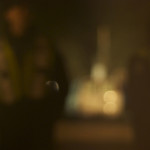
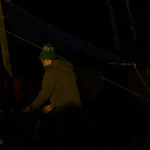
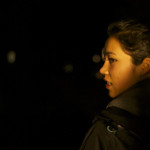
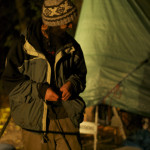
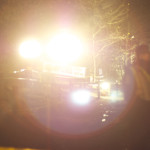
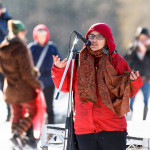
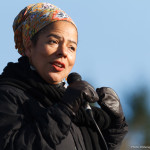
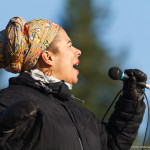
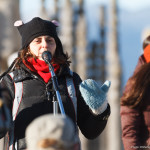
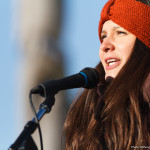
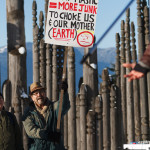
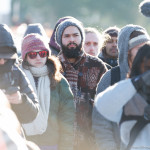
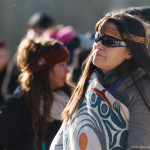
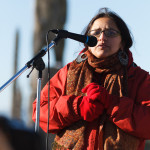
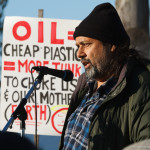
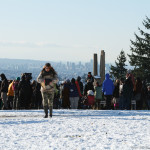
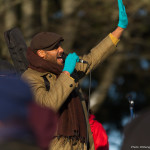
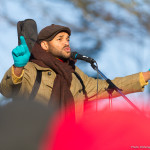
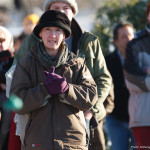
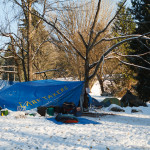
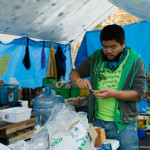
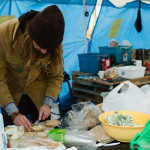
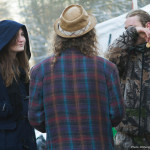
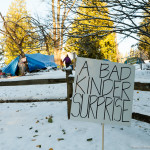
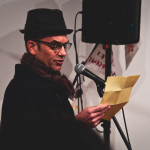
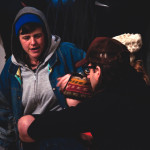
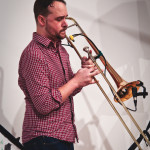
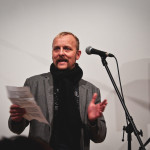

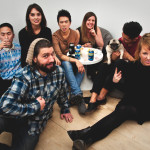
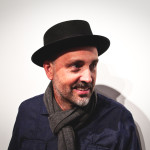
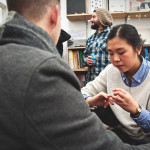
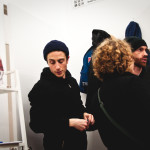
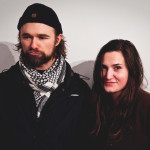
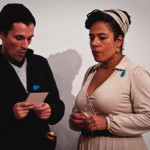
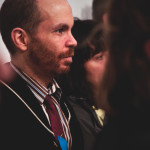
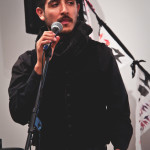
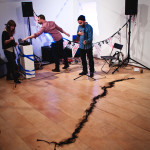


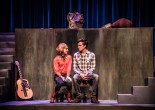
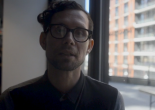

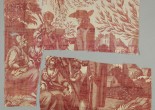
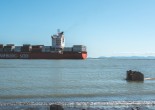
“Our art has been stolen from us; its creative energy destroyed and commodified; its artistic qualities compromised. Aesthetics are sacrificed daily to the standardization of the machine to the profit motive, and to the needs for mindless consumption of objects. True art is, at its finest, revolutionary, especially when it serves the politics of freedom and a realizable future.
We must crack open the rotten egg of contemporary society to reveal the horrors of our world and seek in its place new visions, new ideological representations of the beauty of freedom…”
From “Art as Action: A Dynamic Realism” in Artpolitik: Social Anarchist Aesthetics in an Age of Fragmentation by Neala Schleuning
Pingback: Gestures of Distance: Far Away So Close Part II – Reading by Stephen Collis | VANDOCUMENT